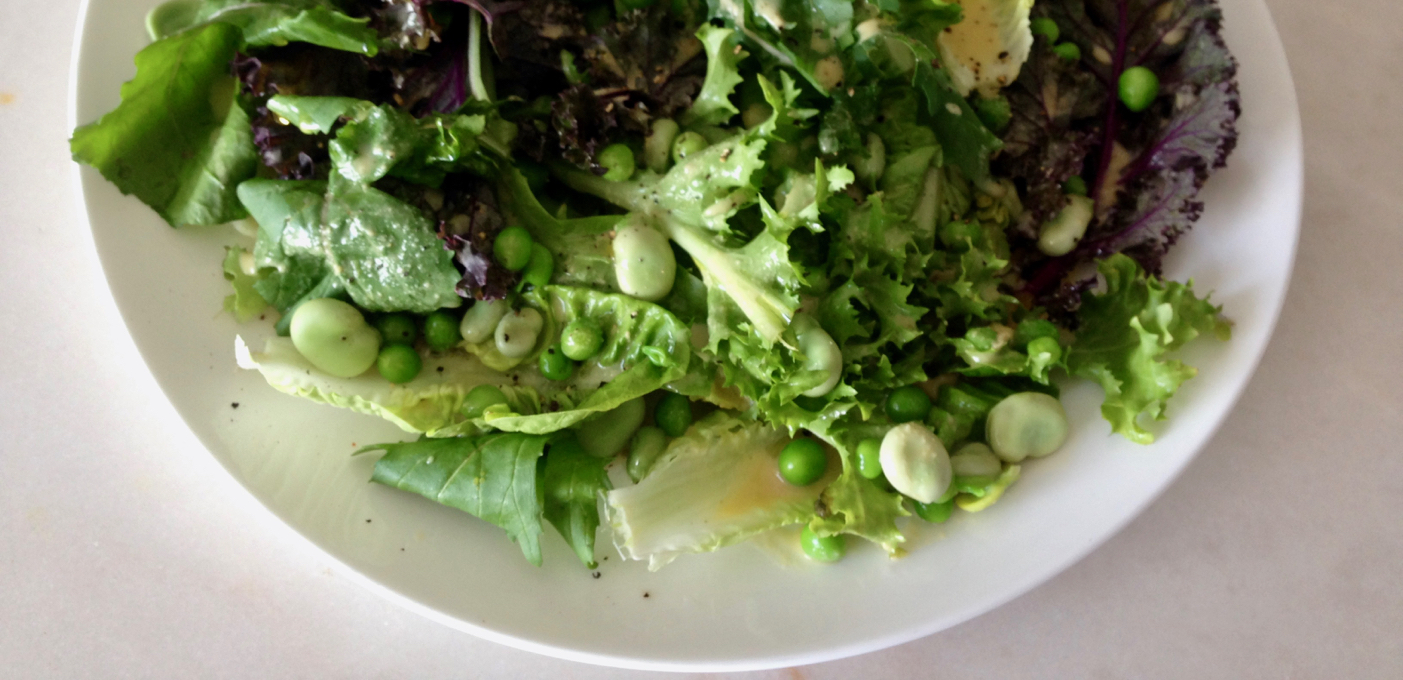
Are organic vegetables more expensive than conventional ones? Today we want to engage you in one of our ongoing discussions (yes, it’s always our mood). Let’s see, what is the correct answer?
a) Yes, always!
b) No, they are not!
c) Mmm … It depends on where and who you buy the vegs from!
The correct answer is … none of the above (quotidian laughs). Keep cool, we do not want to tease you. We just want to address the issue from a different angle. The price of organic vegetables varies considerably according to our attitude as consumers. How?
If in a supermarket I buy packaged organic produce or I buy it by the pound, it is much more expensive. My role is just a plain consumer. If I buy a basket of organic vegetables from an online supplier, it is less expensive. My role, organized consumer. If I am a member of a coop group that manages the weekly purchase of organic vegetables from local farmers, organic produce is much cheaper … even more than conventional mass-produced vegetables. Here my role is of a conscious consumer.

These coops, or consumer groups receive the name of CSA groups. Community supported agriculture is a partnership between farmers and consumers in which the responsibilities, risks and rewards of farming are shared. There are several types of participation, from just becoming a weekly subscriber to the box of fresh produce to active membership, joining the CSA group in different tasks, from logistics, organization of fairs and markets and even co-farming!
Our advice: join a CSA group and subscribe to a weekly basket of fruits and vegetables. In this way you will support organic farming in your area, you will be part of a community interested in healthy food and you will avoid the indiscriminate use of plastic containers. Oh! and you will pay significantly less for organic, fresh, local and seasonal produce.
To celebrate the arrival of our weekly basket we bring you a refreshing salad, with the intention of making the most of the variety of green leaves in the basket. The challenge presented by the basket of vegetables is that, periodically, we do not know what to do with some of the vegetables. Wether because we are not familiar with them or because they come in small amounts not enough to be cooked as a full dish.
In our Spring Basket salad, we have mixed the variety of green leaves in the basket (lettuce, chicory, arugula and kale) with the fresh peas and fava beans creating a contrast of shapes and textures. Blanching the peas gives them a perfect texture and a dressing of orange juice, tahini and olive oil gives the green leaves a mild, velvety and very Mediterranean hug. Spring in the Mediterranean … can we ask for more?
- Fresh green leaves from your weekly veggie basket: lettuces, arugula, chicory, baby kale, etc.
- A handful (or two) of shelled fresh sweet peas
- A handful (or two) of fresh shelled fava beans/baby green beans/ fresh snow peas
- Dressing
- Juice of half orange
- Same amount of EVOO olive oil
- 2 tsp of raw tahini
- 1 tsp of Sherry Vinegar (or your favorite vinegar)
- Salt
- Freshly milled black pepper
- Thoroughly wash the green leaves and spin them.
- Blanch the peas and beans in boiling water for one minute. Take out and set aside.
- Combine the ingredients for the dressing in a small glass jar with lid. Close and shake until a homogeneous mixture is obtained. Taste and rectify salt or vinegar.
- Plate on a flat dish distributing the leaves gracefully and scattering the peas / beans around.
- Dress and top with a splash of olive oil and freshly milled pepper.
The amount of tahini and vinegar can vary depending on how concentrated is the brand you use and on your individual taste. We suggest you start the seasoning with the quantities in the recipe, try it and add more quantity of both if you like it stronger.











Leave a Reply